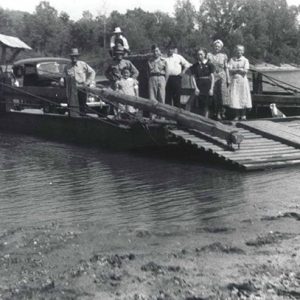 Talburt Ferry
Talburt Ferry
Entry Category: Transportation - Starting with T
 Talburt Ferry
Talburt Ferry
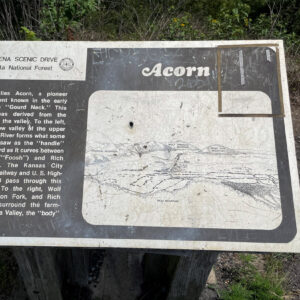 Talimena Scenic Drive Sign
Talimena Scenic Drive Sign
Telegraph No. 3 [Steamboat]
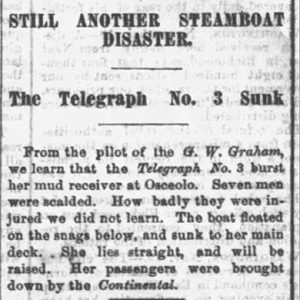 Telegraph No. 3 Steamboat Article
Telegraph No. 3 Steamboat Article
Telegraph Road (Northwestern Arkansas)
Texarkana Regional Airport
aka: Texarkana Air Force Station
Thaden, Louise McPhetridge
 Louise Thaden
Louise Thaden
Thompson-Robbins Air Field
aka: Helena Aero Tech
Tinker, Frank Glasgow
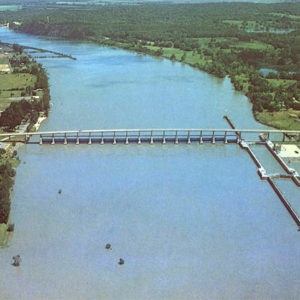 Toad Suck Bridge
Toad Suck Bridge
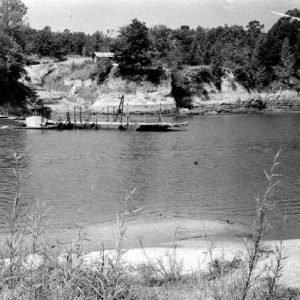 Toad Suck Ferry
Toad Suck Ferry
 Toad Suck Ferry Lock and Dam No. 8
Toad Suck Ferry Lock and Dam No. 8
Trammel’s Trace
Transportation
 Trailways Bus Station
Trailways Bus Station
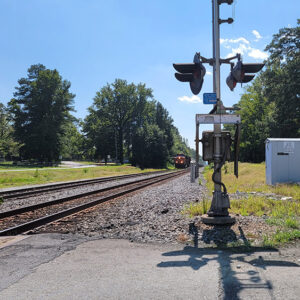 Traskwood Tracks
Traskwood Tracks
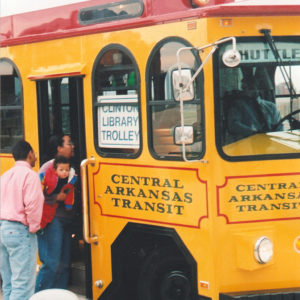 Trolley
Trolley
Trucking Industry
 Trumann Depot
Trumann Depot
 Tuckerman Depot
Tuckerman Depot
 Tugboat and Barges
Tugboat and Barges
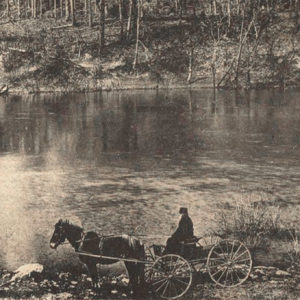 Tumbling Shoals Ferry
Tumbling Shoals Ferry
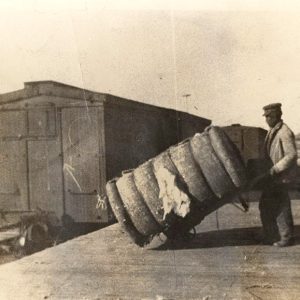 Tupelo Cotton
Tupelo Cotton
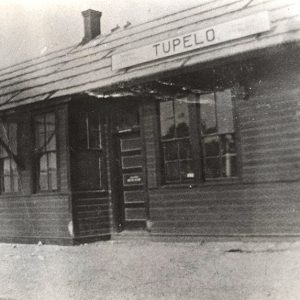 Tupelo Depot
Tupelo Depot
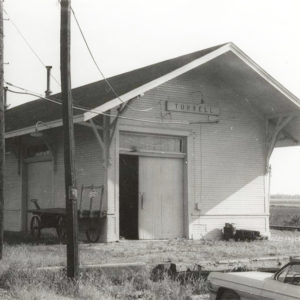 Turrell Depot
Turrell Depot
 Two Rivers Park
Two Rivers Park




